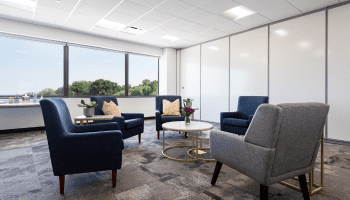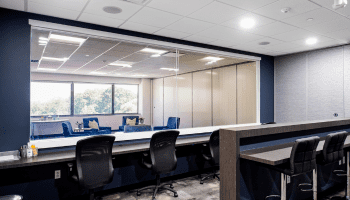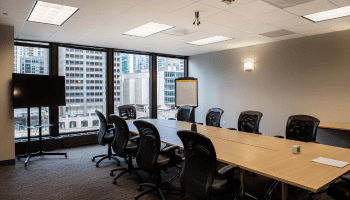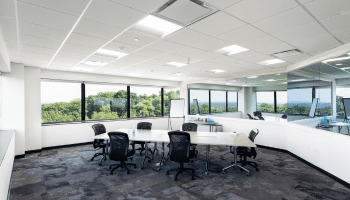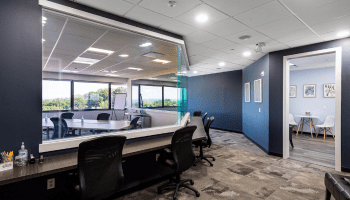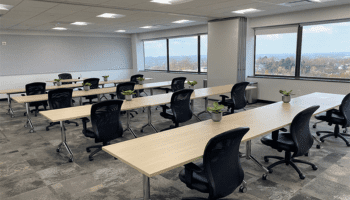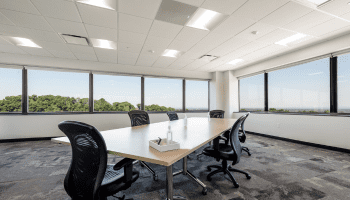Chapter 6: The Future of CX and UX Research
Go Fast, Adapt, Move Forward
Consumer opinion changes at a rapid pace. In order for brands to gain the highest quality of insights they need, they must leverage multiphase research combining quantitative and qualitative methodologies. Due to the precise goals for CX and UX research, a clear understanding of objectives allows you to apply the best methodology strategy.
Artificial Intelligence (AI)
As technology continues to evolve, the CX and UX industries are quickly adapting to the most recent developments and upcoming opportunities. One of the hottest topics rising on the tech horizon is the rapid development of AI and how it is integrated into gathering insights at a massive scale. What was once a futuristic idea is now swiftly evolving into an exciting tool that will open new doors to major advancements in the realm of user and customer experience.
From the ability to process and synthesize large amounts of user data instantly, to more simple tasks like automated A/B testing, AI provides researchers with the opportunity to exponentially speed up the timeline to implement findings required for positive business impact.
Despite collecting large amounts of data, disjointed customer experience remains a widespread marketing pain point. For brands looking to deliver seamless user experiences, use of singular research approaches are coming up short. They point to a need for better strategy to deliver higher quality customer journey intelligence. Enter Natural Language Processing (NLP).
Brands are learning how people interact differently with devices like Siri, Google Home, Alexa and more, to understand human language. As a sub-discipline of AI that converts text into data, NLP teaches computers to recognize speech and text in order to provide the most accurate session transcription from a deep algorithm focused on understanding human intent. For example, consider Siri hearing the word, “serious” in the human language. Technically, the user invoked the trigger word for this device. And yet, in context, AI can understand this is not the intent of the user and knows how to proceed. This deep work can be used in many ways throughout qualitative studies on potential CX and UX issues.
While this is not the only AI emerging technology in use for research, it does provide an understanding that companies are not necessarily looking for more data, but specific and actionable data. No matter what technological advances are made, consideration in the CX and UX fields will always be made to keep the stories of the individual at the heart of the learnings.
The Global Opportunity
The continued rapid growth of new products, software, and services under the umbrella of technology fuels the global economy. Despite disruptions, both challenger and established brands willing to quickly pivot take advantage of opportunities created by changes in consumer behavior.
With Opportunity Comes Competition. But taking advantage of changes in the market with quick reactions requires intelligence about HOW customer sentiment is changing and what that could mean specific to a brand, product or service.
CX and UX professionals will continue to be in high demand as companies look to improve their offerings with insightful feedback from customers and potential customers. These opportunities create a robust demand for CX/UX research which is unlikely to diminish. Each new product, app, service, or customer experience should be subjected to advanced user testing, sometimes with multiple iterations. Even after a product goes to market, brands must stay “in-the know” with consumers to anticipate market changes and take a proactive approach to changing consumer sentiment and experience.
Choosing In-Person Or Virtual Venues For Research
Companies with a clear understanding of the benefits of both remote and in-person methodologies choose the right venue for the right research project. Virtual research has its benefits. Verticals like medical, critical care and some technology may require face-to-face interaction for research. No matter what venue choice, the right partner can facilitate both in-person and virtual research and recruit effectively for both. What’s more, partners experienced in both methodologies and multiple technologies will maximize the engagement from participants regardless of the location of the research.
Even with emerging technologies, no matter the pace of your research, qualitative and quantitative efforts are blended to produce the best CX and UX research results. Careful consideration of research needs brings companies to the right conclusions.
Benefits of in-person research include:
|
Benefits of virtual research include:
|
- Increased energy in the room the is produced when people are together
- Respondents’ ability to engage smell, taste and touch
- Increased communication and understanding through body language and eye contact
- Removal of outside distractions
- Ceremonial preparation and brain signals upon physical arrival cue participants for increased engagement
- Added layer of confidentiality
|
- Accessibility to potentially greater number of respondents
- Decreased time needed for respondents to participate can decease cost of incentive required
- Potentially shorter timelines with no travel included
- No travel requirement for moderators can facilitate quicker analysis and reporting
- Access to niche targets who can’t participate in person (chronically ill, home-bound, or those with lack of transportation, etc.)
|
No matter what the future holds for CX or UX research in terms of technology and methodology, each project will still center around human insight. Researchers will answer the challenges and look for best practices to discover truly authentic human responses to guide critical business decisions.
Partnering With Fieldwork
From hyper-local to super-global, Fieldwork is a solid partner for CX and UX needs. Whether participant recruitment and/or premier research locations to carry out your consumer experience or user testing, Fieldwork provides planning, resources and expert project execution to attain the highest quality insights.







